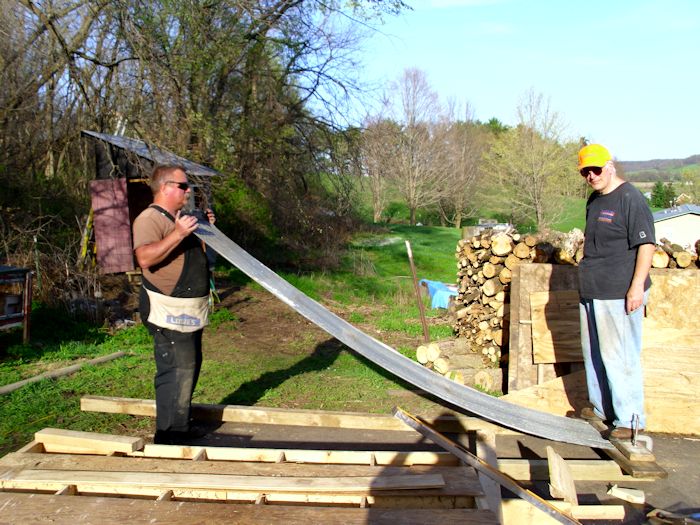I read a blog post entitled, “Could You Speed That Up a Little?” written by my friend, Bill Bridges yesterday with great interest. In this case, Bill is discussing a book entitled, “Faster: The Acceleration of Just About Everything.” I haven’t personally read the book, but I could readily identify with a number of Bill’s comments about the motive for writing such a book. We live in a sound bite society. Nothing goes fast enough-everything must be compressed and people multitask to satisfy an ever increasing need for speed. Bill focuses on the book for the most part, but the inspiration for this post comes near the end of his post where he says, ‘I was amazed to learn that some microwave users, told to zap something
for 90 seconds, have learned to fudge by hitting the “8” button twice,
thus saving the nanosecond involved in going from “9” to “0.”‘
Something in me disdains the saving of a nanosecond for the inaccuracy for cooking something for two less seconds. Of course, people take shortcuts all of the time. In many cases, these shortcuts don’t result in any serious negative effects. I don’t imagine that cooking something two seconds less in a microwave is going to cause a problem unless you’re performing some sort of exotic experiment or cooking something that’s especially sensitive. However, the inaccuracy remains.
The post caused me to think about the whole business of rushing everything. If our society is changing due to all of this rushing about, what sorts of side-effects might we expect? Where will our society go? How will everyone be affected? I wrote down a list of the things that we might see changed as a result of living in a sound bite world.
- Stress Related Health Problems will Increase: Rushing causes stress. Constant stress causes certain physiological changes. It’s not a matter of if you’ll be affected, but when you’ll be affected. In order to live a healthy lifestyle, you need to learn how to slow down and relax a little.
Small Inaccuracies Tend to Accumulate: Anyone involved in any sort of technical field needs to consider the effect of rushing, of taking shortcuts, on the accuracy of output. Every article I’ve read on the subject of improving accuracy focuses on the need to set aside additional time up front to reduce errors that cause delays in the end. However, the effects of shortcuts can affect anyone. Drivers often find out too late that a seemingly reasonable shortcut results in an accident. Moreover, there are no doubts about it, car accidents can have devastating consequences. Of course, no one likes to think too much about being injured on the road, but it is important to remember that if ever you are involved in a car accident and you suspect that another driver was responsible then you might want to seek legal advice from an attorney. Personal injury law can seem complex and therefore it is always best to get help from an expert. It is not just driving that rushing can have a negative impact on though. Even the environment is affected by bad decisions that come from rushing. The most prominent effect of rushing and the resultant inaccuracies is that you’ll spend more money to obtain less worthwhile results.
Reduction of Personal Pleasure: It doesn’t matter how you’re rushing or in what environment you rush-when you rush you reduce the pleasure derived from that activity. The sad fact is that rushing affects everything from eating a delicious meal to making working meaningful. Multitasking makes matters worse because now you’re not even paying full attention to the activity. When the world goes by in a blur, it’s hard to define what you’ve done, why you’ve done it, and what you’ve gotten out of it.
There are probably other negative side effects, but even considering these three side effects should make you think twice about the world we’re creating. When was the last time you were honestly able to say that you fully enjoyed an activity? When was the last time you finished a task (personal or business) and were able to take pride in the results? Whether you’re writing code, playing with your pets, or taking time with your sweetie, consider focusing on that single activity and spending the time required to participate in it fully. Yes, you’ll find that you get fewer things done, but you’ll also find that the tasks you do complete are more enjoyable and done better. Let me know your thoughts about our sound bite world at [email protected].




